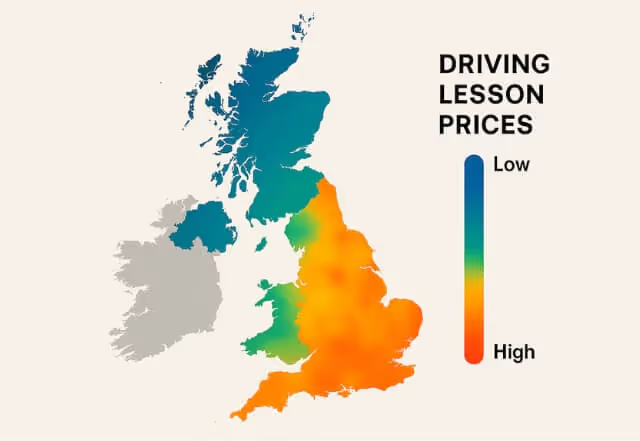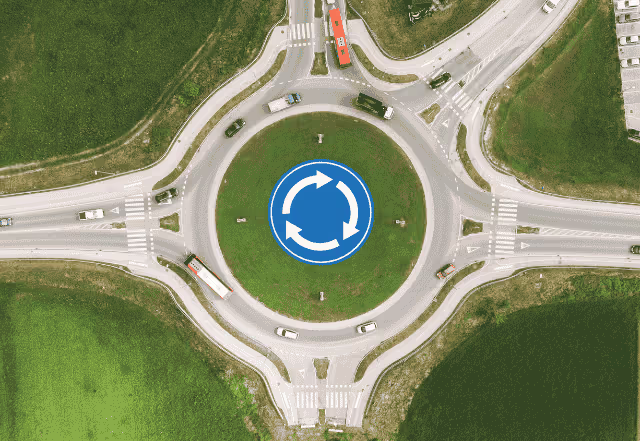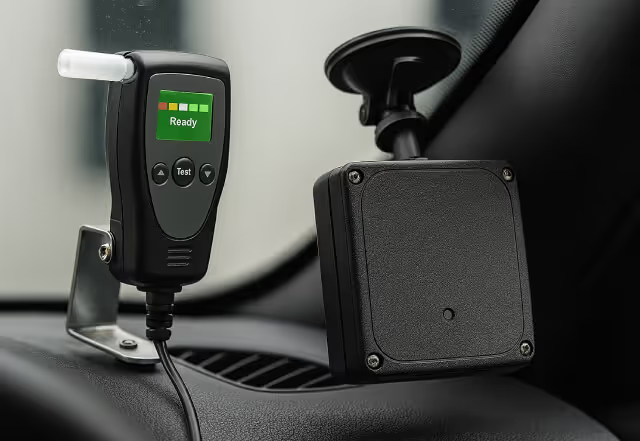Understanding the Mindset of Nervous Learners
Learning to drive can be a stressful experience, especially for nervous learners. Anxiety behind the wheel isn’t just about a lack of skill—it’s often tied to deeper psychological patterns, including fear of failure, lack of confidence, and even previous negative experiences.
As a driving instructor, understanding the psychology behind this anxiety is key to helping your students overcome it. Let’s explore the best strategies to calm nerves, build confidence, and create a positive learning environment.
1. Create a Calm and Safe Learning Environment
The first step to helping a nervous driver is to create a relaxed, judgment-free environment where mistakes are seen as part of the learning process.
- Keep your tone calm and encouraging, even when they make mistakes.
- Avoid overwhelming the learner with too much information at once.
- Celebrate small wins—whether it’s a successful hill start or a smooth turn.
Tip: Your body language matters too—relaxed posture and a steady voice can have a calming effect on your student.
2. Identify the Root Cause of Anxiety
Anxiety can stem from different sources:
- Fear of making mistakes in front of others
- Past traumatic experiences (e.g., car accidents)
- Pressure to pass the test quickly
- Overthinking and perfectionism
Ask open-ended questions to understand where their anxiety is coming from:
“What’s the part of driving that makes you most nervous?”
“Is there a particular situation on the road that you struggle with?”
Once you identify the cause, you can tailor your approach accordingly.
3. Focus on Breathing and Relaxation Techniques
Anxiety activates the body’s “fight or flight” response, leading to increased heart rate, shallow breathing, and tense muscles—all of which can impair driving ability.
Teach your student some simple relaxation techniques:
- Encourage deep breathing before starting the engine.
- Remind them to relax their grip on the steering wheel.
- If they start panicking, have them pull over safely and take a moment to reset.
Tip: Suggest counting breaths or focusing on a steady rhythm to calm their mind during stressful situations.
4. Break Down the Learning Process into Smaller Steps
Anxious learners often feel overwhelmed when too much happens at once. Breaking the learning process into smaller, manageable steps helps them regain control.
- Start with quiet roads and low-traffic areas.
- Introduce complex maneuvers gradually—master parking before tackling roundabouts.
- Focus on one skill at a time rather than multi-tasking.
👉 With apps like Varium, instructors can leave detailed feedback directly for the learner after each lesson. This helps the learner track their progress, reflect on improvements, and feel reassured about their driving development. Having structured feedback available in the app makes it easy for learners to see how they’re improving over time, reducing uncertainty and boosting confidence.
Tip: Use positive reinforcement even for small improvements. Confidence builds through consistent success.
5. Use Positive Reinforcement to Build Confidence
Nervous drivers often focus on what they did wrong rather than what they did right. Counter this tendency by reinforcing positive behaviors and successes.
- Acknowledge when they handle a tricky situation well.
- Highlight improvements from previous lessons.
- Keep the focus on progress rather than perfection.
Example: Instead of saying, “You didn’t check your mirror,” try:
“You handled that corner well! Next time, let’s focus on mirror checks.”
6. Develop a “Growth Mindset”
Encourage your learner to see mistakes as opportunities to improve rather than signs of failure. This shift in mindset can transform how they approach driving.
- Help them reflect on lessons positively:
“What went well today?”
“What would you like to improve next time?”
- Encourage resilience:
“It’s normal to stall sometimes—it’s part of learning.”
By focusing on learning rather than results, you help them feel more in control.
7. Practice Defensive Driving to Reduce Fear of the Unknown
Fear of unpredictable road situations can heighten anxiety. Teaching defensive driving gives your student tools to anticipate and react to situations calmly.
- Teach them to scan the road ahead for potential hazards.
- Show them how to maintain safe distances and avoid risky behavior.
- Practice emergency stops and quick reactions in a safe environment.
Tip: The more prepared they feel, the less anxious they’ll be.
8. Encourage Realistic Expectations for the Driving Test
Many learners put enormous pressure on themselves to pass the driving test on the first attempt. Managing expectations can ease this pressure.
- Let them know that most learners need more than one attempt.
- Focus on improving driving skills rather than just “passing the test.”
- Help them understand that failure isn’t the end—it’s a learning opportunity.
Tip: Encourage mock tests to simulate the test environment and help them feel more comfortable under pressure.
9. Monitor and Adapt to Their Learning Style
Not every learner responds to the same teaching methods. Some learners benefit from verbal guidance, while others respond better to physical demonstrations or visual aids.
- Adapt your teaching style to match their comfort zone.
- Ask for feedback about which methods are working best.
- Mix theoretical and practical learning for balanced improvement.
👉 The Varium app allows instructors to provide personalized feedback after each lesson, helping learners reflect on their progress and adjust their focus areas. This structured communication ensures that learners feel supported and know exactly what to work on before the next lesson.
🏆 Final Thoughts
Teaching a nervous driver is as much about emotional support as it is about technical guidance. When you understand the root of their anxiety and tailor your approach to their learning style, you empower them to build confidence behind the wheel.
A calm, patient, and encouraging teaching style can transform even the most anxious learner into a capable, confident driver. After all, driving isn’t just about skills—it’s about mindset.
“Confidence doesn’t come from being perfect—it comes from knowing you can handle imperfection.”
Helping a nervous learner succeed is one of the most rewarding experiences as a driving instructor. Keep calm, stay supportive, and celebrate the wins—no matter how small. Safe driving!








































